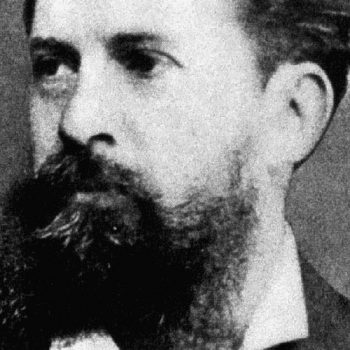“The limit of the dawn and evening is the Bear; and opposite the Bear is the Watchman of luminous Zeus.” (Sweet 120; cp. Kahn 44, R 120).
Kahn and many others read this as a comment on Fragment 44. Here I largely offer a summary of Kahn’s views. As in Fragment 44, Heraclitus is here concerned with the regularities in the movements of heavenly bodies. The dawn and evening are generally taken to refer to the course of day and evening but also the directions of East and West.
The limit here is defined as Ursa Major, which we more commonly know as the Big Dipper or the Great Bear. As Kahn notes, it generally is viewed as a marker for the celestial pole of the north. The Watchman (rendered “Warder” by Kahn and Robinson) refers to the star Arcturus, which is referred to as “the Bear-watcher … in the astronomical poem of Aratus (Phainomena 92)” (Kahn, p 162).
In interpreting this text Kahn emphasizes that the Great Bear — as the sign of celestial pole — is the point around which the sun revolves in its daily pattern. When the sun sets, the star Arcturus keeps watch. Yet, Hesiod also views Articus as sign of fall and spring. This is added reason to view the passage not only as pointing to the limit and regularity in the pattern in daily motion, but also as referring to the limit and regularity of the annual path in the movement of the sun. Kahn’s reading the reference to Zeus (the father of Justice) here has a parallel symbolic function to the reference of Dike (Justice) in Fragment 44. The literary function of the reference to Arcturus is parallel to the function of the reference to the Furies in that fragment. Building on Fragment 44, this text further highlights the order of the daily and annual movement of the sun in alignment with a view of cosmic justice.
